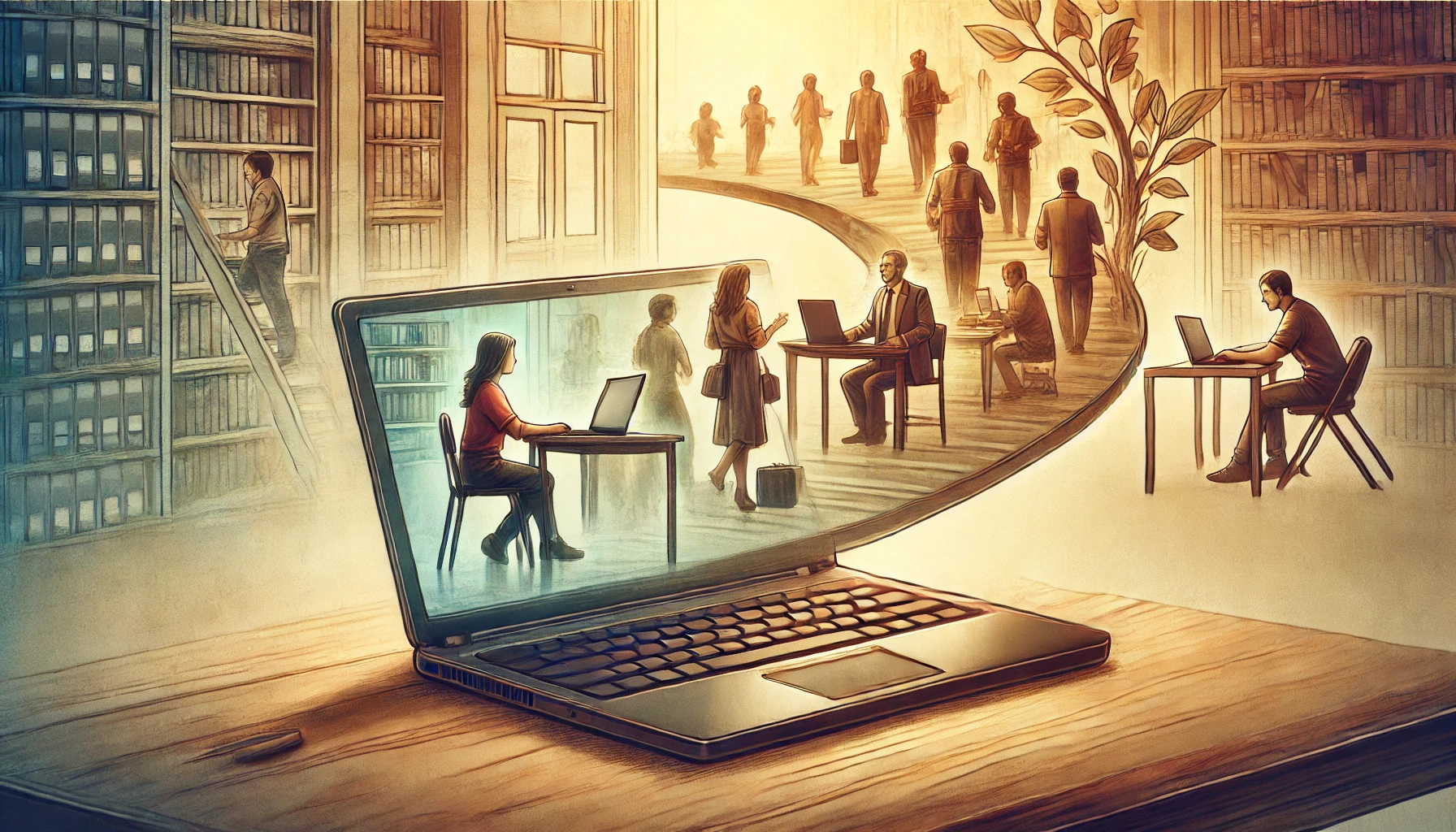When you buy a refurbished laptop, you’re not just investing in a high-quality, cost-effective alternative to a new machine—you’re also unknowingly inheriting a piece of history. Behind every refurbished laptop lies a unique story, often untold, about its previous owner. But who were they? What was their experience with the device before it ended up back in the market, polished and prepared for its next user?
Here’s a deeper look into the hidden history of your refurbished laptop, and the intriguing journey it undertakes before it reaches your hands.
1. The Life Before Refurbishment: From Original Owner to Trade-in
Refurbished laptops often come from people who no longer need them. Some might have upgraded to a newer model, while others might have had a change in their job or lifestyle that no longer requires the same technology. Many laptops are traded in when someone is upgrading their device or when a company refreshes its fleet of computers.
Some laptops are returned due to minor issues—perhaps a screen malfunction or a battery that’s just starting to lose its charge. Often, people don’t want to deal with fixing it themselves and opt to trade it in. These trade-ins are where refurbishers find much of their stock.
2. The Corporate Cycle: Corporate Leases and Asset Management
Corporations play a major role in the refurbished market. Many businesses lease laptops and desktops for their employees on a rotational basis, often refreshing their tech every couple of years. When these leases end, the devices are either returned to the leasing companies or directly sold to refurbishers.
These laptops often come from environments where they were heavily used—workplace settings where productivity, performance, and long hours took a toll. However, these devices are generally well-maintained as companies have their own IT support teams to handle maintenance. As a result, refurbished laptops sourced from corporate leases often have a longer lifespan, which is a plus for their new owners.
3. The Individual User: A Personal Connection to the Device
Refurbished laptops sometimes come from individuals who decided to sell or donate their used computers. These devices might have seen the highs and lows of personal ownership—perhaps handling countless hours of schoolwork, gaming, creative projects, or even personal struggles like financial difficulties that made selling the laptop the most feasible option.
For instance, a college student may have upgraded to a newer laptop as they transition into the workforce, or a freelancer may be parting ways with their trusty machine after getting a more powerful setup for a specialized project. In these cases, a refurbished laptop can carry sentimental value, and it’s interesting to think about the previous owner’s memories embedded in the device.
4. The Repair Process: Restoring the Laptop to Its Former Glory
After a laptop finds its way into the refurbisher’s hands, the next step is often a thorough inspection and repair process. During this time, technicians address any technical issues, whether it’s replacing the battery, repairing the keyboard, or fixing a cracked screen. If the laptop has any physical imperfections, it will be cleaned, and cosmetic damage will be fixed as much as possible.
This meticulous repair process ensures that the laptop meets the high standards of performance and looks as close to new as possible, often with the same quality control procedures as brand-new devices. Once the laptop passes these tests, it is prepared for its next life—ready to serve a new owner for many more years.
5. A New Beginning: The Refurbished Laptop’s Second Chance
When you purchase a refurbished laptop, you may not know much about its previous life—but that doesn’t diminish the potential it holds. For many, buying a refurbished laptop is an ethical choice, helping to reduce electronic waste while providing affordable access to technology.
The device you hold might have had a professional life, surviving corporate deadlines, or perhaps it once belonged to someone with a similar passion for gaming, photography, or writing. It’s exciting to think about the possibilities of who owned it before and how they used it.
Buying refurbished technology not only gives the laptop a second chance—it also contributes to a more sustainable future. With e-waste being a massive global issue, refurbishing old devices plays an important role in minimizing waste and conserving valuable resources.
Conclusion
The history of your refurbished laptop is often a hidden story, one that might never be told explicitly. However, the journey it takes—from its first owner to its time in a corporate setting or its trade-in at a retail store—is filled with moments that shaped it into the device you now use. By opting for refurbished, you’re not just saving money—you’re also contributing to a cycle of sustainability, reusing resources and giving these devices a new life.
So next time you power up your refurbished laptop, take a moment to appreciate the unique journey it took to get to you, and think about the stories it holds within its circuitry, screen, and keys.



No Comments
Leave a comment Cancel